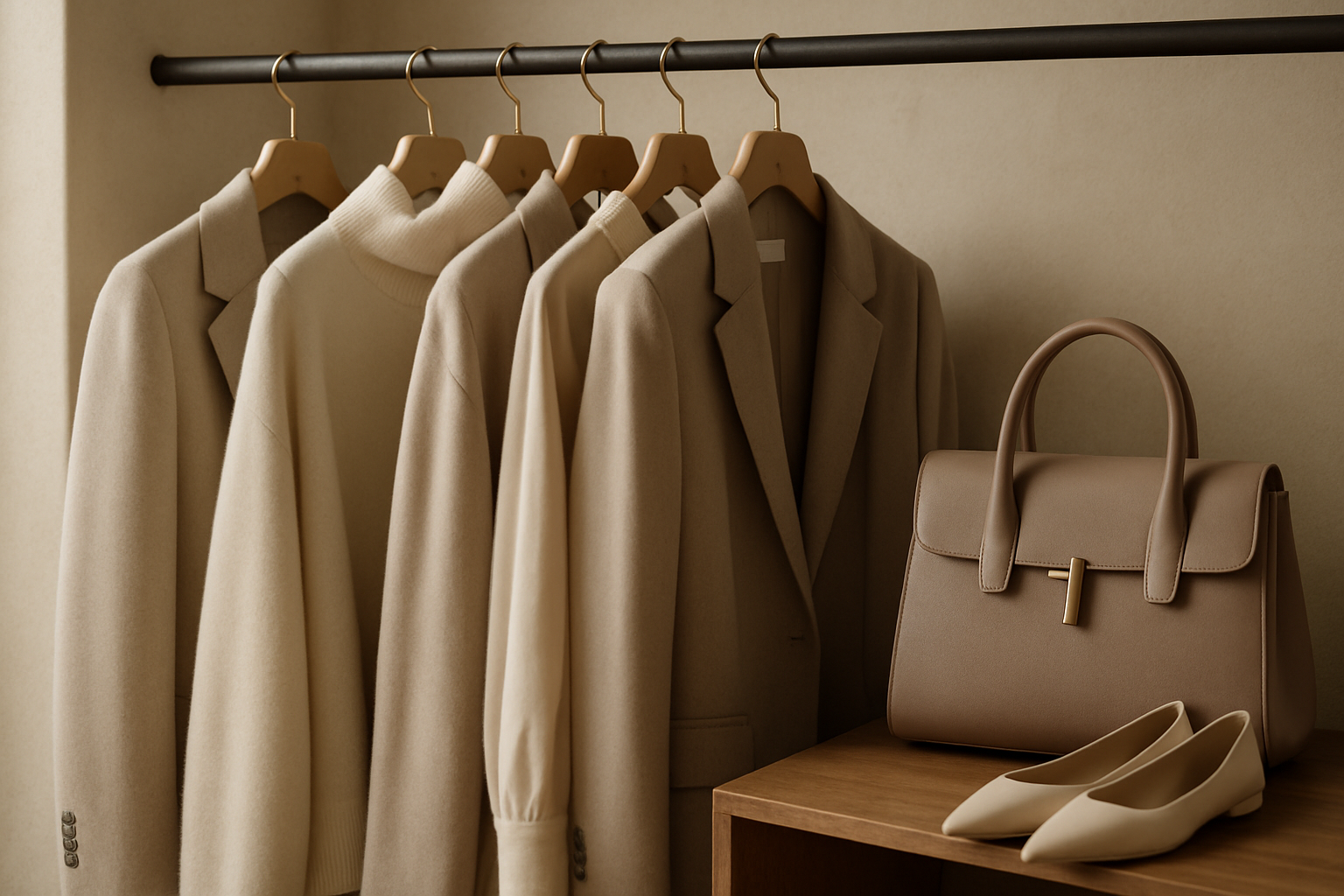Title: Dopamine Dressing: The Science of Mood-Boosting Fashion
In a world where self-expression through clothing has become increasingly important, a new trend is emerging that combines the power of fashion with the science of happiness. Dopamine dressing, a concept that's taking the style world by storm, suggests that the clothes we wear can significantly impact our mood and overall well-being. This innovative approach to fashion is not just about looking good; it's about feeling good from the inside out.

Research in the field of enclothed cognition supports this idea, suggesting that the symbolic meaning of our clothes and the physical experience of wearing them can influence our psychological processes. When we put on an outfit that makes us feel powerful, happy, or confident, our brain responds accordingly, potentially improving our mood and performance.
Color Theory in Dopamine Dressing
At the heart of dopamine dressing lies the strategic use of color. Different hues can evoke various emotional responses and energy levels. While personal preferences play a significant role, certain colors are generally associated with specific moods:
-
Yellow is often linked to happiness and optimism
-
Red can boost confidence and energy
-
Blue promotes calmness and serenity
-
Green is associated with balance and growth
-
Purple often symbolizes creativity and luxury
Incorporating these colors into your wardrobe, based on the emotional state you wish to cultivate, is a key principle of dopamine dressing. It’s not about adhering to strict color rules but rather about understanding how different shades can influence your mood and choosing accordingly.
Texture and Comfort: The Tactile Element
Beyond color, the textures and physical sensations of our clothing play a crucial role in dopamine dressing. Soft, comfortable fabrics can induce feelings of relaxation and contentment, while structured pieces might promote a sense of empowerment and focus.
Tactile experiences, such as the smoothness of silk against the skin or the coziness of a cashmere sweater, can trigger positive sensory responses. This physical comfort translates into psychological comfort, contributing to an overall sense of well-being.
Personal Style and Emotional Connection
Dopamine dressing isn’t about following trends blindly; it’s deeply personal. It encourages individuals to identify pieces that hold special meaning or evoke positive memories. Whether it’s a necklace gifted by a loved one or a pair of shoes that remind you of a great achievement, these items carry emotional weight that can boost your mood instantly.
Creating a wardrobe that reflects your authentic self is key. When your outfits align with your personality and values, you’re more likely to feel confident and at ease, leading to increased dopamine release and improved mood.
Practical Application of Dopamine Dressing
Implementing dopamine dressing into your daily life doesn’t require a complete wardrobe overhaul. Start by identifying pieces that consistently make you feel good when you wear them. Pay attention to the colors, textures, and styles that uplift your mood and energy levels.
Experiment with combining different elements to create outfits that serve specific emotional purposes. For instance, you might choose a bold red blazer for days when you need an extra confidence boost or opt for a soft, pastel ensemble when seeking calm and tranquility.
Mood-Boosting Fashion Tips
-
Identify your power colors and incorporate them into your wardrobe
-
Invest in high-quality, comfortable basics that make you feel good
-
Experiment with textures to find what feels best against your skin
-
Choose accessories that hold personal meaning or positive memories
-
Create outfit formulas that consistently boost your mood and confidence
-
Don’t be afraid to mix unexpected colors and patterns if they make you happy
-
Regularly reassess your wardrobe to ensure it aligns with your current emotional needs
In conclusion, dopamine dressing represents a fascinating intersection of fashion, psychology, and neuroscience. By consciously choosing clothes that make us feel good, we can potentially influence our mood, confidence, and overall well-being. As this trend continues to gain traction, it encourages a more mindful approach to fashion, emphasizing the emotional impact of our clothing choices alongside aesthetic considerations. Embracing dopamine dressing allows us to harness the power of fashion as a tool for personal empowerment and emotional regulation, making getting dressed each day an act of self-care and positivity.





